calsfoundation@cals.org
Boothe (Scott County)
Boothe is an unincorporated community in northern Scott County located along Highway 71. Boothe was established in 1889 just north of the Petit Jean River and named after the Booth family who settled in the area. The community was known as Tumlinsonville and later Tomlinson prior to being named Boothe. Agriculture has traditionally been an important way of life in the area.
Prior to European exploration, the area surrounding Boothe was a wilderness. Several species of wildlife that no longer inhabit the area, such as elk and buffalo, were present throughout the region. Numerous archaeological sites and burial mounds are located along the banks of prominent waterways such as the Fourche La Fave and Poteau rivers. Archaeological findings have provided evidence of early inhabitants dating to the Archaic, Woodland, and Mississippian periods. Further archaeological evidence has indicated that the people of the Caddo tribe later inhabited the area.
During the late seventeenth and early eighteenth centuries, French hunters and tradesmen traveled west from the Arkansas Post, exploring portions of western Arkansas. These Frenchmen often traversed rivers and streams throughout the region. Several rivers that flow through Scott County were likely named by these explorers, including the Petit Jean, Poteau, and Fourche La Fave. It is probable that the explorers traveled through the area near present-day Boothe.
Settlers began arriving in the area near Boothe as early as the 1830s. The area continued to be settled throughout the early twentieth century. Most families participated in a wide variety of agricultural practices.
One of the first settlers to move to the area was Joseph Tumlinson (also referred to as Tomlinson). Tumlinson moved to Boothe in the 1830s from Wisconsin. At one time, he was employed by the government to make settlements for Native Americans. He later operated a tavern in Boothe. Tumlinson owned a large estate at the time of his death, along with seventy-five slaves. The first town in the area, Tumlinsonville, was named after Joseph Tumlinson. In 1841, a post office was established, with Joseph Tumlinson as the first postmaster. The post office was discontinued in 1856, reestablished three years later, and discontinued again in 1860.
One of the first postal routes in the county was established in 1845, stretching from Fort Smith (Sebastian County) to Waldron (Scott County). The route passed through Tumlinsonville by way of nearby Mansfield (Scott and Sebastian counties). Elza Harlow was contracted to operate the postal route.
Men who were called to fight in the Civil War served with both the Confederacy and Union. The women, children, and elderly were left to look after the homes and farms.
Cedar Grove Cemetery was established in 1864.
In 1871, the town of Tumlinsonville was changed to Tomlinson with the establishment of a new post office. Addison T. Boothe was named the first postmaster. This second post office was discontinued in 1883.
After Reconstruction, Boothe grew into a more established community. B. J. F. Trotter established a private family cemetery in 1881, directly adjacent to Cedar Grove Cemetery. Tomlinson Cemetery was also established by 1860 on top of Boothe Hill and was likely named for the Tomlinson family; the small cemetery also contains members of the Boothe family.
One of the first bridges in the county was a toll bridge built by Byrem Trotter around 1880. The bridge was located on the road from Fort Smith to Waldron near Boothe. The bridge ceased operation in the early twentieth century.
In May 1882, the Scott County Courthouse burned, destroying all records that defined the boundaries of the various school districts that had been established throughout the county. In August, the county court reestablished the boundaries of the fifty-six school districts active in the county. Two years later in 1884, Addison T. Boothe petitioned the court for a new school district (Number 59). The school district was known as Cedar Grove, while the school house was referred to as Boothe School House.
Boothe was officially established in 1889 with the establishment of a third post office. Addison T. Boothe was again named postmaster of the new post office. By 1907, Boothe had a telephone connection with Booneville (Logan County). The Boothe Post Office was discontinued in 1921 and the mail sent to Barber. The Boothe School House was closed in 1929 when it was consolidated with Mansfield. After the consolidation, the town of Boothe began to decline.
As part of New Deal civil works projects in Scott County during the 1930s, a canning center was opened in Boothe along with nine others throughout the county. Several members of the Boothe community served during World War II.
The Cedar Grove Baptist Church remains active in the twenty-first century. Agriculture is still a prominent way of life in Boothe, mostly in the form of cattle and chicken farms.
For additional information:
Cate, Michael. History of Scott County, Arkansas. Dallas, TX: Curtis Media Corporation, 1991.
Echoes: The Scott County Historical and Genealogical Society Quarterly. Waldron, AR: Scott County Historical and Genealogical Society (1986–).
Goodner, Charles. Scott County in Retrospect. Mansfield, AR: Frank Boyd, 1976.
Goodner, Norman. A History of Scott County, Arkansas. Siloam Springs, AR: Bar D Press, 1941.
McCutcheon, Henry Grady. History of Scott County, Arkansas. Little Rock: H. G. Pugh and Company, 1922.
Ty Richardson
Richardson Preservation Consulting
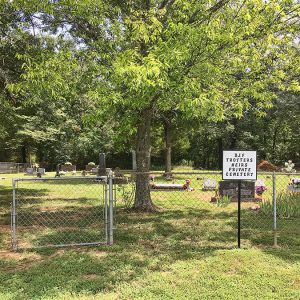 B. J. F. Trotter Cemetery
B. J. F. Trotter Cemetery 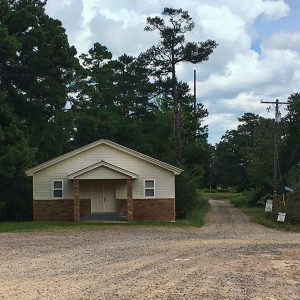 Boothe Church
Boothe Church 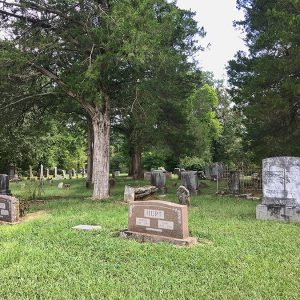 Cedar Grove Cemetery
Cedar Grove Cemetery 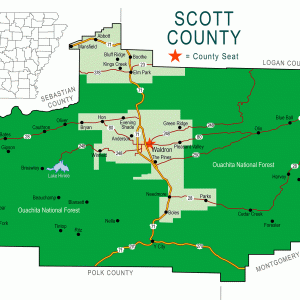 Scott County Map
Scott County Map 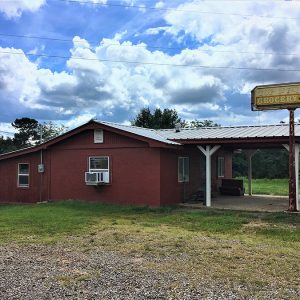 Top of the Hill Grocery
Top of the Hill Grocery 



Comments
No comments on this entry yet.